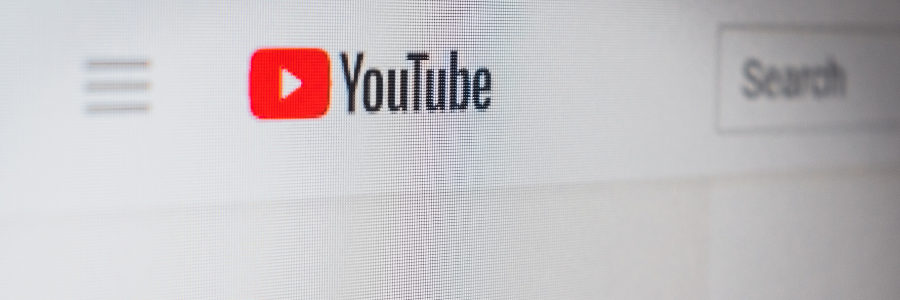YouTube success doesn’t just happen over night. It takes hard work, patience, and you guessed it—keeping track of your analytics! As we discussed in last week’s blog, it’s vital to formulate your SMART goals in order to establish what you want your YouTube marketing strategy to do for you.
Now that you’ve filmed a few videos, uploaded them to YouTube, and are promoting those videos on other social media platforms, it’s time to see if you’re on track to meet these goals. Of course, your business’s SMART goals will be different from other’s; however, it’s important to keep records of all of the data so that you’re able to see what changes you need to make next. In this blog, I’ll teach you the core metrics you need to be aware of when it comes to tracking your channel’s performance.
Understanding the Creator Studio
From earnings reports to watch time reports, YouTube analytics has every single piece of data imaginable to help you see if your channel is steadily growing or if it needs some work. To access this data, make sure you’re logged into your YouTube account, then go to YouTube.com/analytics. From here, you’re able to view a variety of important analytics such as these:
1. Interaction Reports
Interaction reports contain information regarding subscriber count, likes and dislikes, favorites, comments, shares, and more. Although many of these metrics seem like fluff, they are extremely important when it comes to understanding how your audience is interacting with you, and how you can better interact with your audience. With metrics like these, you want to make sure you’re being a good social listener; this means that you’re hearing what your audience is saying, and then responding appropriately.
For example, if you see that your subscriber count increased after posting a certain video, try to post more on a similar topic. If you’ve been reading through your comments and see that many people want you to make a video on a topic you’ve never discussed before, don’t be afraid to give it a go! On the flip side, if you see that your subscriber count dropped during a certain period of time, this might be due to the content you posted, or the lack thereof.
2. Watch Time Reports
Analyzing your watch time reports is vital when it comes to understanding the average amount of time your viewers watch your videos. While it’s said that the average human attention span only lasts for about 8 seconds, this doesn’t mean that you need to be making 8 second YouTube videos. Take a quick look at your absolute audience retention and your relative audience retention to see the most-watched moments of your videos and compare how well a certain video is doing in relation to similar videos on YouTube.
If the majority of your audience is skipping through the first few minutes of your video to get to the middle, or they’re leaving within those first few minutes, you might want to consider skipping your introduction all together. Furthermore, if a certain video of yours isn’t doing well in relation to similar content on YouTube, you might want to brainstorm how you can switch things up.
3. Revenue Reports
Who doesn’t want to see how much money they’re making, right? YouTube analytics provides a helpful estimated revenue report as well as a finalized earnings report for Adsense payments. With these reports, you can view your total estimated earnings from all Google-sold advertising and non-advertising sources.
YouTube analytics also provides you with an ad rates report that shows how multiple ad types are performing over time. This is definitely helpful when it comes to choosing the right ads for your audience!
Keep An Eye on Your Data
While you may be overwhelmed looking at all of this data, it’s important to analyze it so that you can continue to build your business on YouTube. And don’t go into panic mode if you see that you didn’t reach a majority of your goals; remember that social media marketing is all about trial and error. If you find that something didn’t work this time, don’t be afraid to try something new!
Do you need more guidance on how to track your YouTube channel’s performance? Schedule your free consultation with The Go! Agency!
Read More











